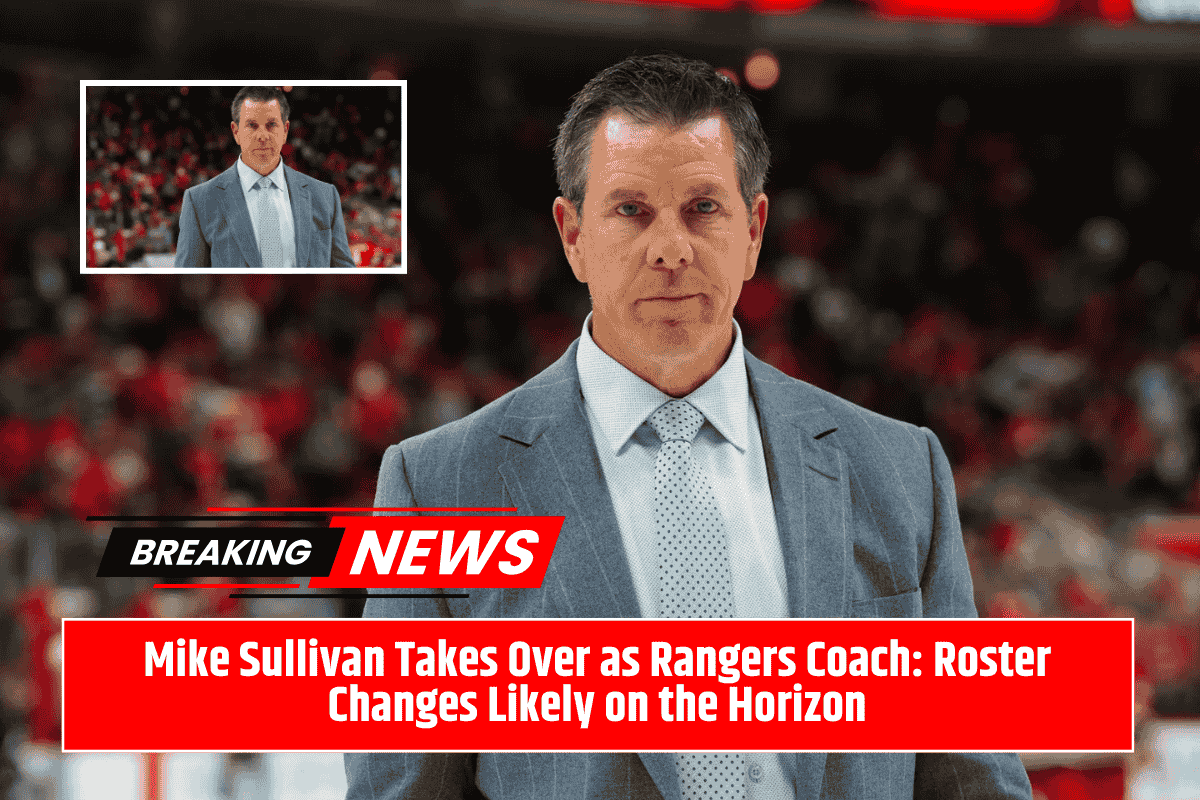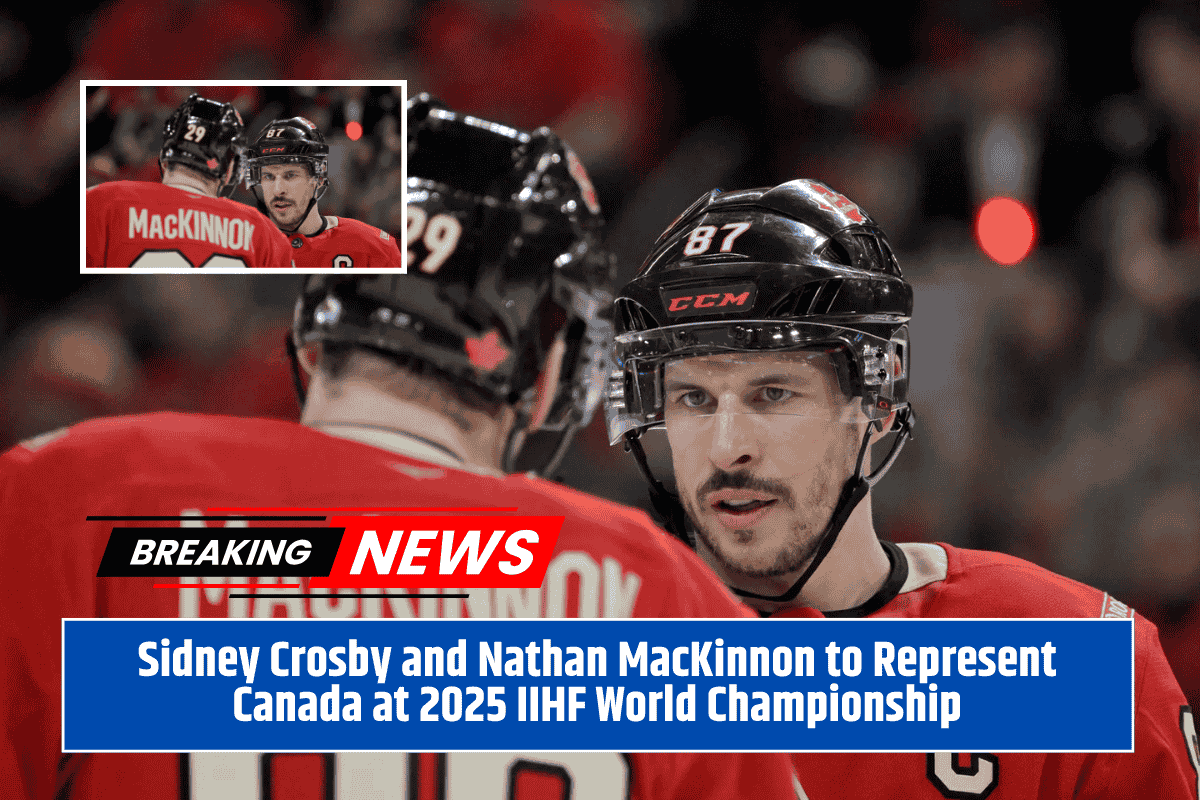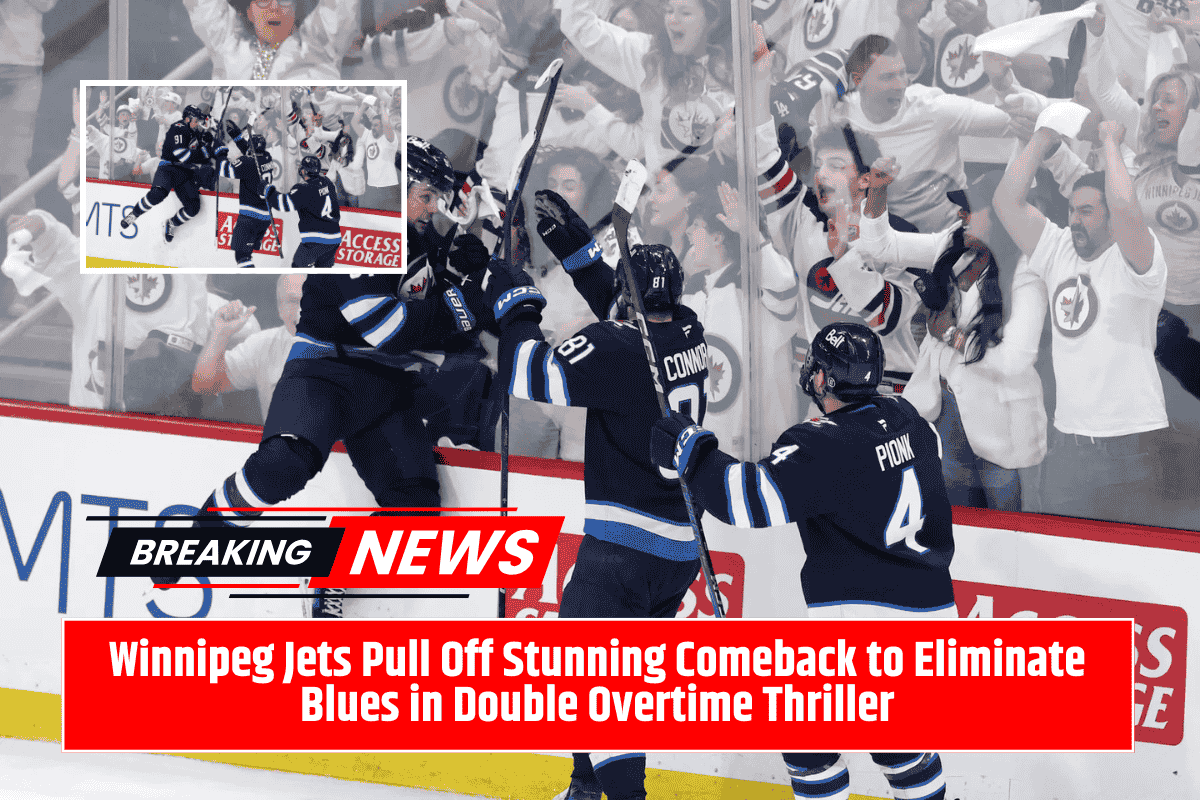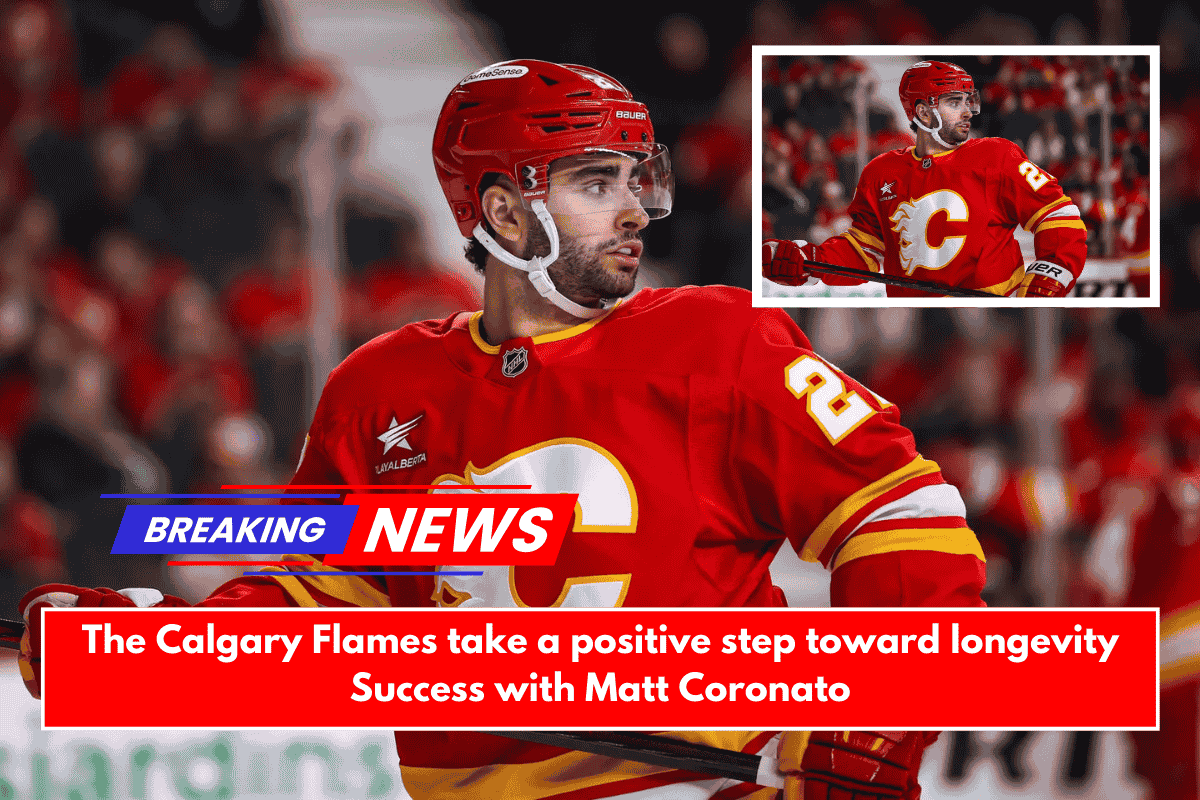The New York Rangers are stepping into a new era with veteran coach Mike Sullivan behind the bench. Known for his success with the Pittsburgh Penguins, including back-to-back Stanley Cup wins in 2016 and 2017, Sullivan now faces a new challenge: reshaping the Rangers and pushing them back into playoff contention. While the talent is there, it’s clear that a few key roster changes are needed to help Sullivan make his mark.
The Sullivan Effect: What Worked in Pittsburgh
When Mike Sullivan took over the Pittsburgh Penguins during the 2015-16 season, he turned a struggling team into champions. He didn’t do it by changing everything but rather by bringing belief back to the locker room and letting the stars play their natural game.
Under the previous coach, Mike Johnston, even superstar Sidney Crosby saw his production dip to 0.68 points per game. But once Sullivan took over, Crosby’s numbers jumped to 1.29 points per game. The same boost happened for Evgeni Malkin, Kris Letang, and Patric Hornqvist — all of whom saw improved performances under Sullivan’s leadership.
Sullivan’s ability to unlock a player’s full potential by giving them confidence and letting them play freely was a major reason for Pittsburgh’s turnaround. That same approach might now be just what the Rangers need.
Rangers’ Core is Strong — But Needs a Spark
The current New York Rangers team has a solid base of talent. Players like Artemi Panarin, Adam Fox, Mika Zibanejad, and Vincent Trocheck were all above the 0.75 points-per-game mark in the 2023-24 season. Panarin led the way with an impressive 1.46, showing he’s still one of the league’s elite forwards.
But despite strong individual numbers, the team fell short when it mattered most. The chemistry didn’t click consistently, and the group lacked the extra push that Sullivan’s system might bring. Just as he did in Pittsburgh, Sullivan will likely focus on empowering the team’s top performers and creating a more fluid, confident style of play.
Chris Kreider’s Future Remains Uncertain
One player at the center of trade talks is veteran winger Chris Kreider. While he’s been a reliable scorer and leader for the Rangers, this season saw a dip in his production — with 22 goals and just 30 points in 68 games. He still has two years left on his contract at a $6.5 million cap hit and holds a modified no-trade clause.
Kreider can block trades to 15 teams, but that still leaves room for GM Chris Drury to explore options with the remaining 16. Teams like the Utah Hockey Club, Buffalo Sabres, and Detroit Red Wings — all of whom are trying to build playoff-ready teams — could benefit from Kreider’s playoff experience and leadership.
Drury may be tempted to move Kreider to create cap space and bring in fresh energy to better suit Sullivan’s system. A trade could allow the Rangers to reallocate those funds toward areas of greater need, such as depth scoring or a stronger defensive presence.
Roster Rebuild: A Must for 2025
Simply put, the Rangers can’t return next season with the exact same lineup and expect different results. While Sullivan can bring in fresh tactics and renewed confidence, he also needs new ingredients to cook up success. A few strategic trades or free-agent signings can help reshape the roster’s dynamic and give Sullivan the tools to work his magic once again.
The team already has a mix of experience and young skill. With a few adjustments and Sullivan’s guidance, the Rangers can be a serious playoff contender again. But for that to happen, the front office must give Sullivan a better-balanced roster — not just rely on his coaching history alone.
Mike Sullivan’s arrival in New York gives the Rangers a fresh start and proven leadership behind the bench. But to make his first season a success, the team needs to make smart roster changes — starting with decisions around veterans like Chris Kreider. With the right mix of changes and Sullivan’s influence, the Rangers could quickly become one of the league’s most improved teams next season.








